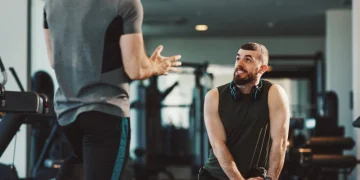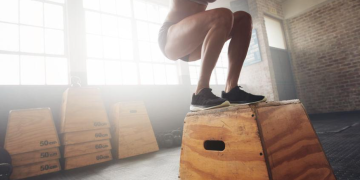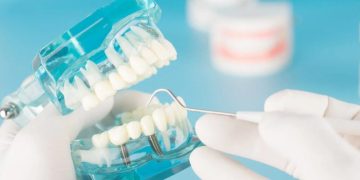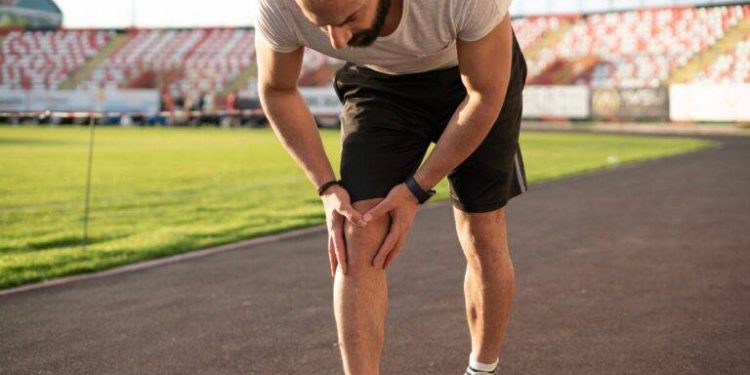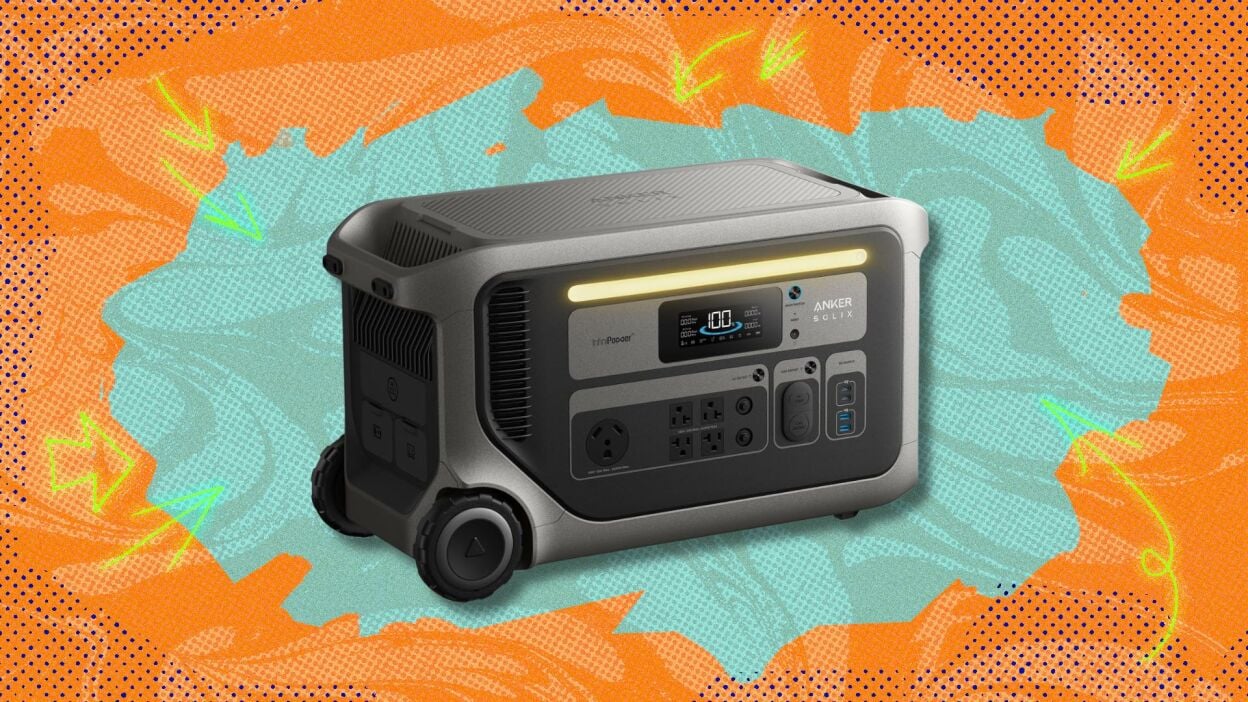Pain has a way of taking over more than just the spot where it starts. It reaches into sleep, mood, and even parts of the body that were not hurt in the first place. That is what can happen when someone is healing from an ACL injury and starts to notice an increase in migraine headaches.
At first, a knee injury and head pain may seem like they have nothing to do with each other. But the body works as a whole. Once you start to look at how movement, stress, and the nervous system are all connected, the link becomes easier to see.
What Are Migraine Headaches?
Migraine headaches are much more than a regular headache. The pain often throbs hard on one side of the head and can last for hours or even days. Along with the pain, people may feel dizzy, queasy, or overly sensitive to light and sound. Some even see flashes or have trouble with vision during an attack.
The cause of a migraine is different from a simple headache. It has more to do with how the brain processes pain and reacts to triggers. Common triggers include stress, poor sleep, skipped meals, certain smells, and changes in hormones or weather.
For those who live with migraines, everyday life can feel uncertain. A small change in routine might bring on a full-blown headache. And once it starts, it often stops everything else.
What Happens During an ACL Injury?
An ACL injury happens when the anterior cruciate ligament in the knee gets torn or stretched too far. This ligament helps keep the knee stable during quick movements like stopping suddenly, turning, or landing from a jump.
When someone tears their ACL, they usually feel a pop followed by swelling and pain. The knee may feel wobbly or weak, making walking hard. Depending on the severity, recovery could mean physical therapy, rest, or even surgery.
But healing from an ACL injury is not just about the knee. Pain changes how a person moves and rests. It can lead to poor sleep, stress, and changes in posture. Over time, all of this can put pressure on other parts of the body, including the head.
How Are These Two Conditions Linked?
It may not be obvious at first, but there are real ways that a knee injury can make migraine headaches worse.
After an ACL tear, people often walk differently to avoid putting weight on the injured leg. This change in movement can strain the back, shoulders, and neck. Those areas become tense and tight, and that tension can act as a trigger for migraine attacks.
Stress from the injury also plays a role. Recovery is frustrating. People may worry about their mobility, miss work, or feel isolated from their normal routines. That kind of stress affects the whole nervous system, which may already be sensitive in someone with a history of migraine headaches.
There is also the issue of inflammation. Pain causes the body to react with swelling and muscle tightness. This can overstimulate the nerves and make them more likely to respond to other triggers. It becomes easier for migraines to get started and harder for them to go away.
The Role of the Nervous System
The nervous system carries pain signals from different parts of the body. But those signals can mix. When someone is already dealing with pain in the knee, it adds to the load on the brain. If they are also tired and stressed, the brain may react by setting off a migraine.
Even mild sleep problems after an ACL injury can lower a person’s ability to handle other types of discomfort. A tired brain is more likely to misread signals and turn tension or noise into something much more painful.
This is why it is important to treat the full picture, not just the knee or just the headache. The pain is real in both places, and they often feed off each other.
How to Manage Both at the Same Time
When someone has an ACL injury and also struggles with migraine headaches, the best approach is one that looks at the whole person.
- Physical therapy can help improve strength and balance. It also teaches better movement patterns that protect the back and neck, which can reduce strain and lower the chances of triggering a migraine.
- Stretching and posture work are simple but powerful. When someone limps or avoids using one leg, it throws off their alignment. That misalignment can lead to muscle tightness that adds to head pain. Fixing how the body moves brings relief in unexpected places.
- Stress management is just as important. Techniques like deep breathing, quiet time, or even just getting outside for a short walk can calm the nervous system. That calm makes the body more resilient and less likely to overreact to triggers.
- Sleep routines matter too. Going to bed at the same time, turning off screens before sleep, and keeping the room cool and quiet can all help. A well-rested brain is much better at handling pain.
For some people, working with a counselor or therapist helps. Injuries change lives in small and big ways. Talking through those changes makes the emotional side of recovery easier to handle, which may also ease the physical symptoms.
Final Thoughts
It is easy to see a torn knee ligament and a throbbing headache as two completely different problems. But the way pain moves through the body tells a different story. An ACL injury changes how a person moves, feels, and rests. That shift can increase the risk of migraine headaches in people who already have a history with them.
The good news is that both problems can be managed, especially when they are treated together. Recovery works better when care goes beyond the surface and supports the full body and mind.
When the pain feels like it is coming from all directions, a complete care plan makes all the difference.

